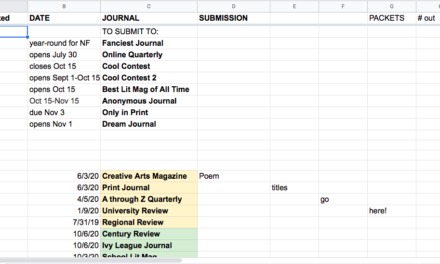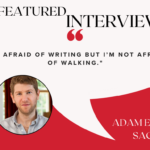by Nicola Mason
I started out in journal work twenty years ago—as a grad assistant at Southern Review—so needless to say I’ve seen a lot of cover letters. When I’m asked about them, my line is, “A cover letter can’t help you.” People react as though I’ve said something ominous (I sort of enjoy this), but really it’s just a way of saying that our decision on whether to publish a particular piece is based on the piece itself. We know when something is or isn’t for us because, well, we read it. We’ve accepted work by people who have not a single publication credit to list, and we’ve turned down work by people who have a long, spooling paragraph of impressive pubs.
Actually, the only things I look for in cover letters are danger signs—hints, or outright shouts, that the writer is a difficult personality, someone who’d be hard to work with, someone . . . insane. Okay I’m kidding about that, but I do get annoyed when someone tries to sell me on his/her submission in the cover letter, especially when words like universal, cosmic, magic, and synergy are used. Or when the writer tries really hard to be hilarious. I once read a cover letter in which the writer pledged to pack himself in fire ants if we rejected him. In another, a writer urged me not to heed any of the ugly rumors about her. What rumors?
These were distractions, and distractions are, generally speaking, a poor idea. Don’t paste in flattering photos. Don’t include the names of pets. We don’t want a press packet or a business card that declares the writer . . . a writer. Let the work do the talking. The best cover letters don’t distinguish themselves. They get in; they get out—which conveys an understanding of the formalities, that there is a human heart beating at the return address (nice to be reminded), and that professionalism is valued—whether or not there are splashy credentials involved.










